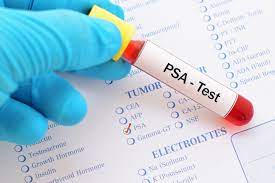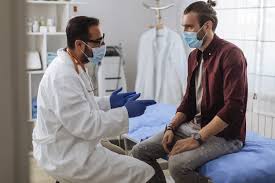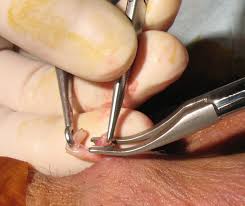Strength, Wellness, and Longevity: A Men’s Health Guide
Men’s health is a critical component of overall well-being. It encompasses a range of medical concerns, from physical fitness to mental health. Men should take proactive steps to ensure they are receiving the best possible care to maintain their health. This includes regular physicals, stress management, and preventative screenings for conditions such as heart disease, diabetes, and cancer. Additionally, lifestyle modifications such as healthy eating, regular exercise, and quitting smoking can make a significant impact on overall health. Taking the time to prioritize your health is an important step towards a healthier lifestyle.
Our Most Common Topics
Prostate Cancer

Prostate cancer is a dangerous and potentially life-threatening disease that affects millions of men around the world. It is the most common cancer among men in the United States, with more than 3 million men living with the disease and more than 200,000 new cases diagnosed every year. Early detection and treatment are key to reducing the mortality rate of prostate cancer, so it is important to stay informed and be aware of the signs and symptoms. With the right care, men can live a long and healthy life despite a diagnosis of prostate cancer. Click to find out more.
Men’s Health

When it comes to men’s health, there is no one-size-fits-all approach. Every man is different, and what works for one may not work for another. That’s why it’s important to understand the range of issues that can affect men’s health and the best ways to prevent and treat them. By taking proactive steps for your health, you can lead a healthier, more fulfilling life. Click to find out more.
Vasectomy

Are you considering a vasectomy as a permanent form of birth control? A vasectomy is a simple and safe procedure that is highly effective in preventing pregnancy. This procedure is a great option for couples who have decided they are done having children and are looking for a reliable method of contraception. With a vasectomy, you can take control of your own reproductive health, and enjoy a more relaxed lifestyle. Click to find out more.

